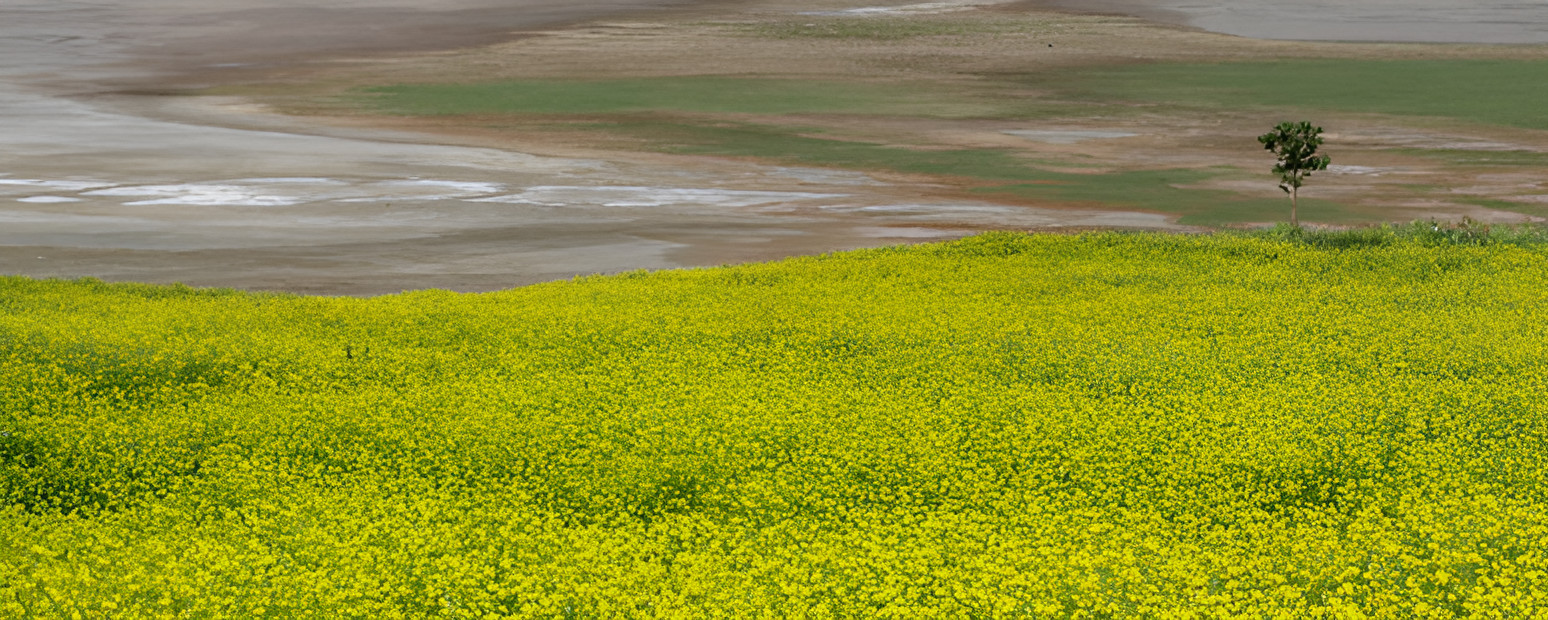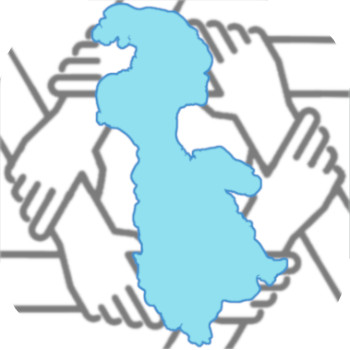Studies have indicated that the agricultural sector in Iran uses over 80% of the fresh water that is used. Iran uses a lot of water, but compared to other developed nations, it produces a lot fewer crops because its agricultural sector has undergone the least change over the past century. As a result, most of Iran's irrigation systems, particularly those in the Urmia Lake catchment area, are inundated, and these systems are out of date in all developed nations today because they are among the most inefficient ways to waste water.

In the catchment area of Urmia Lake, the value of the agricultural products that are produced is typically lower than the value of the water consumed because most of the agricultural crops, such as apples and sugar beets, require a lot of water. For instance, it takes 250 litres of water on average to produce one kilogramme of sugar beet and more than 60 litres of water to produce one kilogramme of apple. Thus, by giving up the profits from the cultivation of Artemia urmiana and its cysts (eggs), which are estimated to be worth more than $100 per kilogramme, as well as by giving up the profits and jobs created by Urmia Lake's tourism attractions, sugar beet and apple tree planting on the marginal areas of Lake Urmia have been developed. This is because, in the last year or two, a used factory from the province of Khorasan Razavi that turns sugar beet into sugar was moved to Mahabad city, one of Lake Urmia's major watersheds, and put into operation. This has resulted in the growth of sugar beet cultivation in the area.
Agriculture in the Urmia Lake catchment area has grown beyond the region's water supply. Because this expansion occurred without the advancement of agricultural technology, particularly in the areas of irrigation and seed breeding, it has placed the greatest strain on water resources and resulted in the drying up of Urmia Lake, the jewel of Azerbaijan. Consequently, this will eventually destroy the region for at least 300 km around Urmia Lake. In order to prevent this destruction, it is necessary to take scientific measures as soon as possible, and, in addition to preventing the development of agriculture in the Urmia Lake catchment area, it is necessary to avoid planting certain crops, like sugar beet and tree apples, that require a lot of water. Additionally, in order to produce agricultural products, modified seeds and modern irrigation systems should be used, ensuring that any excess water flows into Urmia Lake.
